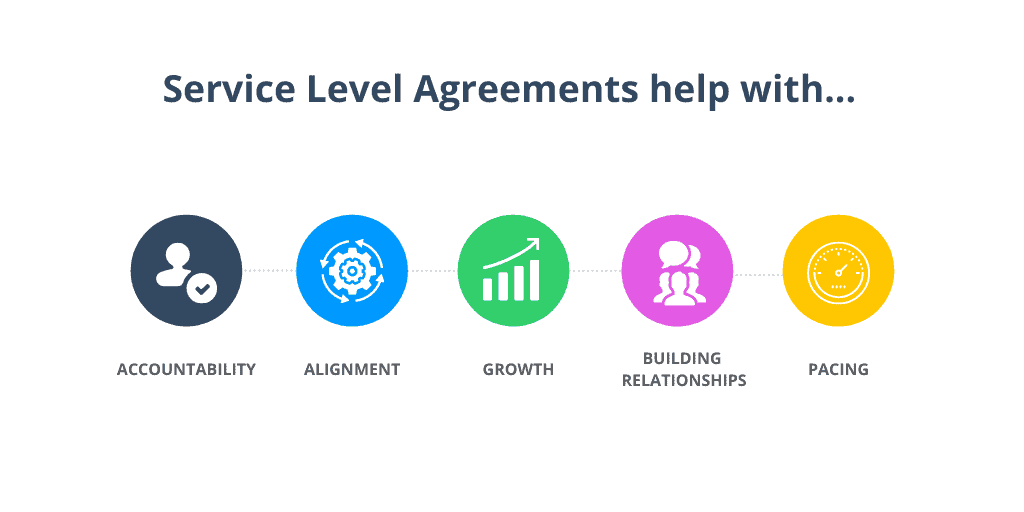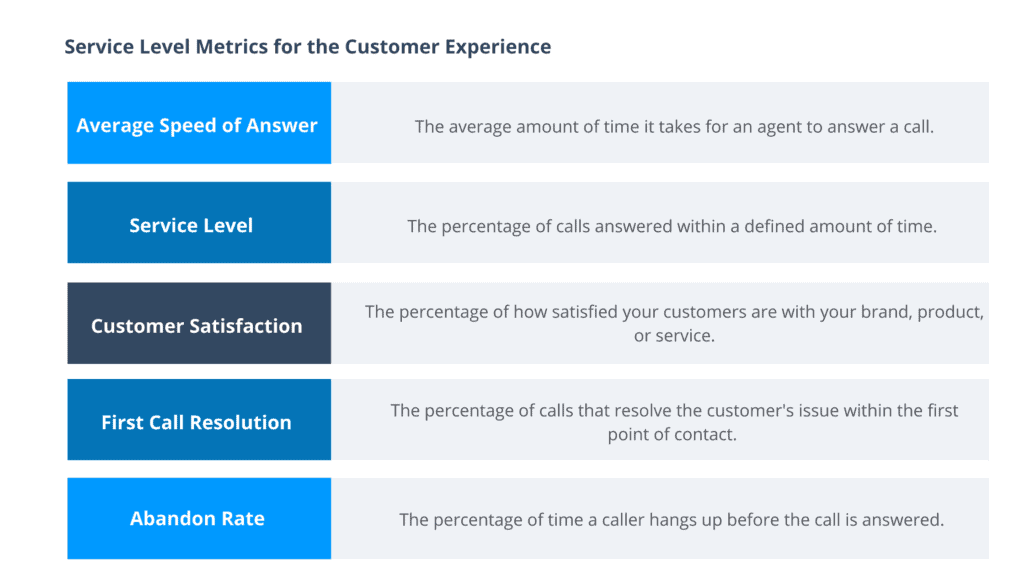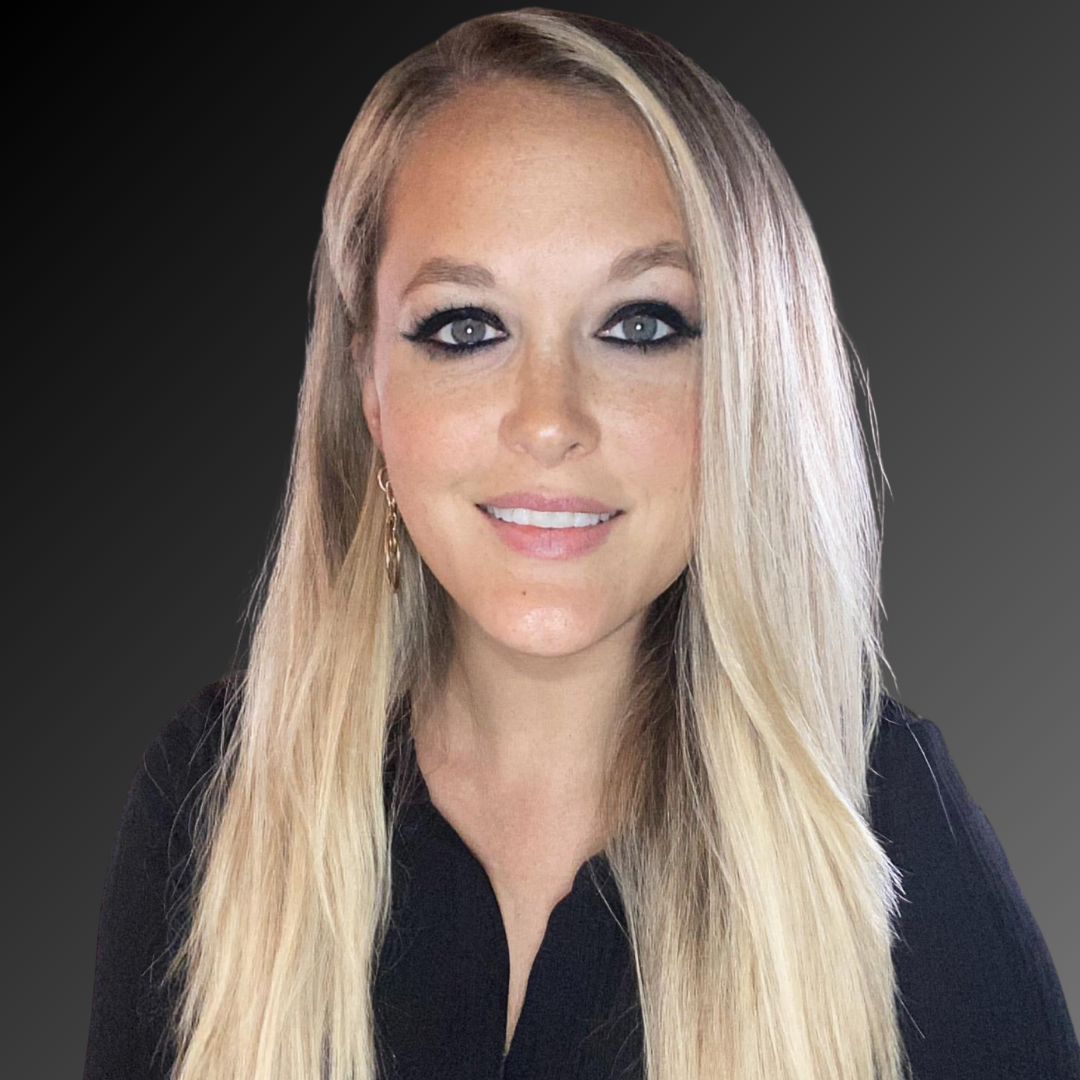Call Center Manager's Guide to Service Level Agreements
Measuring the Service Level (SL) of your organization can help you make informed decisions regarding your workforce and the company. Call center managers lean on this data to guide their internal processes, drive revenue, and empower teams to work together towards common goals and objectives.
Brands that maintain a level of standardization generally have healthier customer satisfaction than those who don’t. These companies use a Service Level Agreement (SLA) to keep their agents on track with workflow alignment, more productivity, and improved service quality benchmarks.
High-performing teams use these agreements as a standard form of operation and communication - promising to provide their customers with a level of service that keeps them happy and satisfied. In this post, we’ll go over everything you need to know about SLAs and why they need a place in your call center infrastructure.
What’s a Service Level Agreement?
At its most basic form, a Service Level Agreement is a written contract between two parties that vocalize what one must provide the other. In the call center space, SL is typically a provider agreeing to provide accessibility to its customers.
It’s the call center manager’s responsibility to draft an agreement that drives customer satisfaction and ROI. An SLA is like a reference sheet for both parties - something everyone has visibility into for monitoring deliverables.
Holding parties accountable is a big reason why companies are using SLAs internally as well. The messaging needs to be clear and including your agents in the conversation can help you determine the Service Level used since they’re the ones who make it happen.
Common Service Level Agreements for Business
- Customer SLA. A provider’s written communication to deliver a specific level of service to a particular customer. Telesales companies might use this model to deliver quantifiable leads or data within a timed threshold.
- Internal SLA. When internal departments hold each other accountable for promises made to one another. An agreement between IT and your Call Center may look something like this: To issue a Helpdesk ticket with a 48-hour turnaround time, Call Center must record the problem’s severity level, how many customers/employees are affected, the context of how the issue came to be, and have a manager sign off on the ticket before IT can execute a solution.
- Multi-Level SLA. An agreement with several levels addressing various customer groups within the same SLA. It helps minimize service duplication while continuing to provide customization for its customers and services.
- Corporate Level: SLAs that apply to every employee within the organization.
- Customer Level: SLAs that apply to the department.
- Service Level: SLAs that apply to the customers that contract the same service.
The Beauty of SLAs in Your Call Center
There are several advantages you gain when applying SLAs into your call center infrastructure. The beauty here is that a Service Level Agreement helps keep agents accountable for their actions on the phone, aligns workflows to increase efficiency, assesses long-term growth, and bridges the gap between agents and managers to build better working relationships.
Most importantly, an SLA helps everyone stay on pace towards a shared goal. Tools like AVOXI help managers measure and monitor agent Service Level performance. As part of our Analytics reporting, you too can track deliverables with our new SLA feature!

Supporting the Customer Experience through Service Level
Managing the expectations of your customers is one of the biggest challenges facing call center managers. Customer sentiment can tell you a lot about the way someone feels about your brand, and by tracking customer experience metrics on your reporting dashboard, you can gain insight into customer satisfaction and how they see your brand.
So, how do you start? Creating an SLA is a great jumping-off point. First, you need to define what you’re trying to accomplish with the agreement before determining which metrics to use. Reference your historical analytics to establish your team’s service benchmarks.
Real-time analytics can provide you with a richer understanding of your customers’ expectations and agent performance. Virtual contact center software from AVOXI allows you to track your most important metrics in real-time and share those KPIs through reports on your custom dashboard.
Pro-Tip: Service Level metrics can be influenced by factors like a surge in call volume, unforeseeable power outages, or agent absenteeism. Keep this in mind when analyzing your KPIs. If you're experiencing an increase in absenteeism in your call center, check out these motivators to re-engage your team!
Driving CSAT Scores Up
A highly personalized brand experience is what customers expect these days. The happier the customer, the higher your agents’ CSAT scores rise! To drive your numbers up, consider these tips:
- Keep CSAT as simple as possible. While there are several customer support metrics you can use to analyze customer satisfaction, keep to the simple formula of (happy customers ÷ total number of responses) x 100. Don’t try to over-analyze with some tricky algorithm.
- Reach out to the dissatisfied group. A customer satisfaction survey was likely conducted via email or phone, so you have the contact information of who responded how. Follow up with those customers who responded negatively to discover their pain points and how you can remedy the situation.
- Behold the power of the cloud. Integration and quality assurance tools of cloud-based contact centers help agents simplify internal processes and workflows, giving them time back to their customers and lead to higher satisfaction rates.
Common Service Level Metrics
There are tons of supporting Service Level metrics out there to track the progress of customer satisfaction, but the most common for call centers is Service Level - the percentage of inbound calls that are answered within a defined amount of time. It’s about accessibility for your customers, so it’s a go-to metric for management.
You’ve probably heard of the 80/20 rule, right?
When you see Service Level written out like this, it indicates to the reader that 80% of the calls were picked up within 20 seconds of ringing. It’s been the industry standard for a long time, but there’s some debate as to whether it's a good rule-of-thumb to follow or takes too much attention away from other supporting metrics like NPS or First-Call Resolution.
Consider what percentage and time threshold is right for your business. Remember, it needs to be achievable for your agents so you remain in good standing with customers. Add the following KPIs to your Customer Satisfaction Dashboard and be in-the-know of your ratings every step of the way.

Pro-Tip: While call volume is a necessary metric to track, maintaining an average talk time is more important to increasing the CSAT rate.
How to Choose Your Service Level Metric
Choosing a Service Level metric largely depends on the objective you’re trying to achieve. For most call centers, the primary goal is total customer satisfaction when using an SL formula.
While most management opts for the simplest equation, you may run into what the industry refers to as “refined calculations.” These formulas add another layer of complexity into the equation that can greatly impact your data, providing your team with a new and influenced perspective.
- Refined Service Level excludes calls that were abandoned before the defined amount of time.
- Refined Abandoned Rate excludes callers that hung up within seconds of dialing.
The rationale behind these enhancements is that agents shouldn’t be penalized for callers choosing to drop off before the established time threshold, and by excluding “pocket dialers” and “wrong numbers” from the data, you have a more realistic interpretation of Service Level, respectively.
When to Incorporate a Secondary Target
A big challenge that call center managers face with Service Level is how to do right by the group of callers that didn’t get their calls picked up within the specified time frame. While it's good to have benchmarks, it’s even better to have a secondary target set for those customers outside your primary!
Ex. You run an inbound call center and benchmark a 90/10 SL for primary and a 99/300 for secondary.
This tells us that you’re hitting 90% of your primary target in 10 seconds, and of those 10% that weren’t picked up within the time threshold, 99% of their calls were answered within 5 minutes. Only 1% of the second group had long wait times in the queue.
SLA Best-Practices
- Be realistic in your commitments. You want to deliver to your clients and make them happy. Never commit to a Service Level that you can’t handle. Don’t over-promise, always over-deliver.
- Keep in mind your financial security. A breach in the contract may result in lost revenue or worse, a loss in trust. Your customer may be more inclined to move to a competitor if you can’t deliver. SLAs are written to protect both parties’ interests.
- Do your research. You need to know your call center’s bandwidth to establish a Service Level. Use your dashboard to gauge how your team responds to an increase in call volume, crises, and staffing issues.
Cloud-Powered Technology for Your Service Level Targets
Service level is an invaluable metric to your customer satisfaction efforts. It helps brands be more open and transparent with their customers, holding their teams accountable for promised deliverables and expectations.
When Service Level Agreements are incorporated into your daily operations, advantageous benefits such as workflow alignment, increased agent productivity, and high-performing service benchmarks follow.
At AVOXI, we’re excited to offer our cloud contact center users SLA functionality in their Analytics dashboard! This tool will allow you to keep track of progression, performance, and deliver results with total customer satisfaction.
